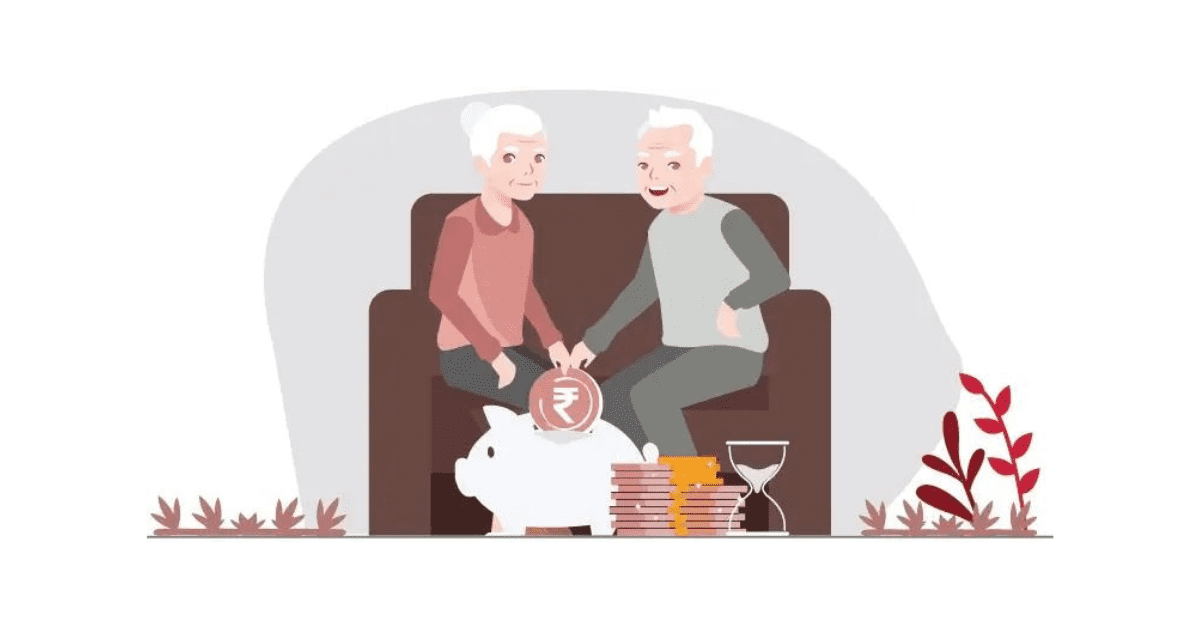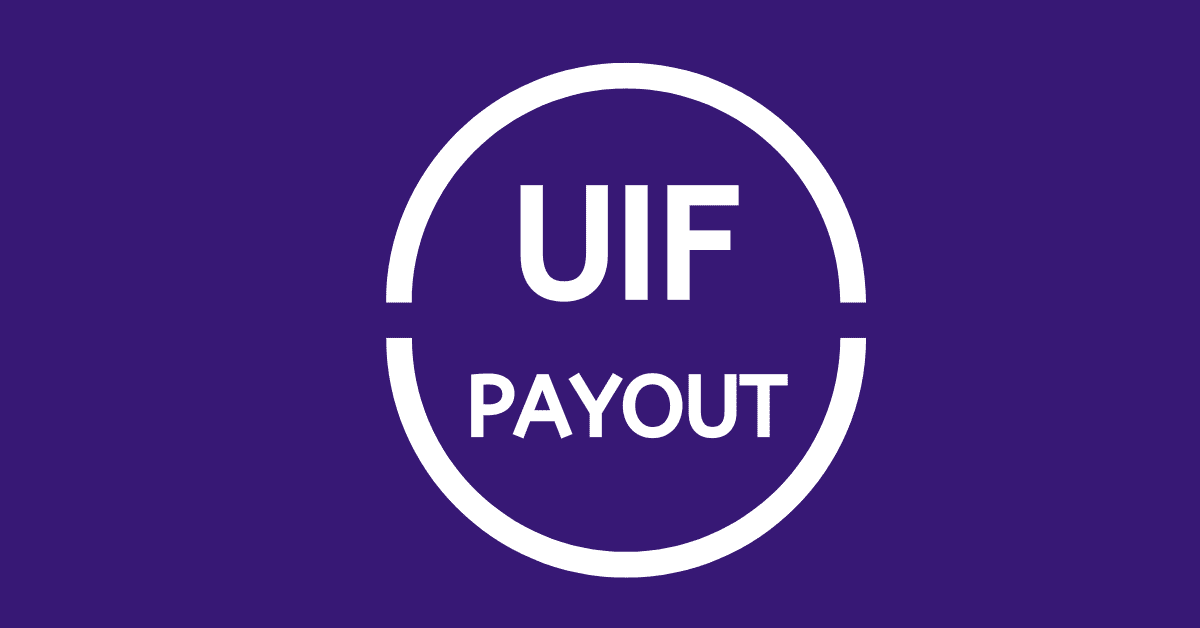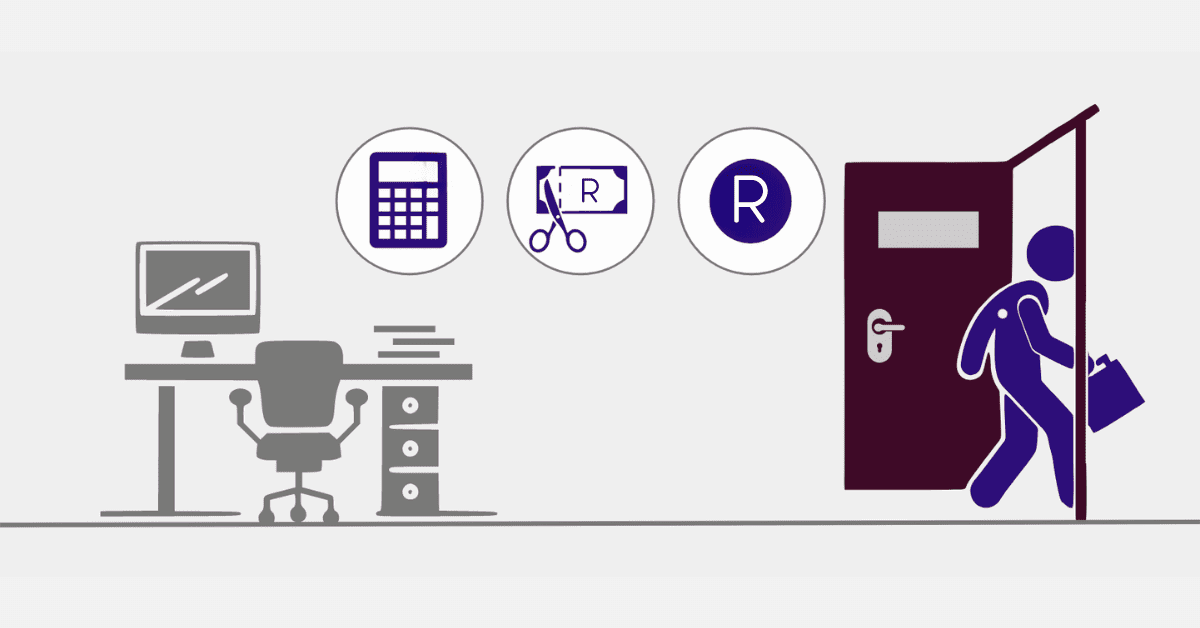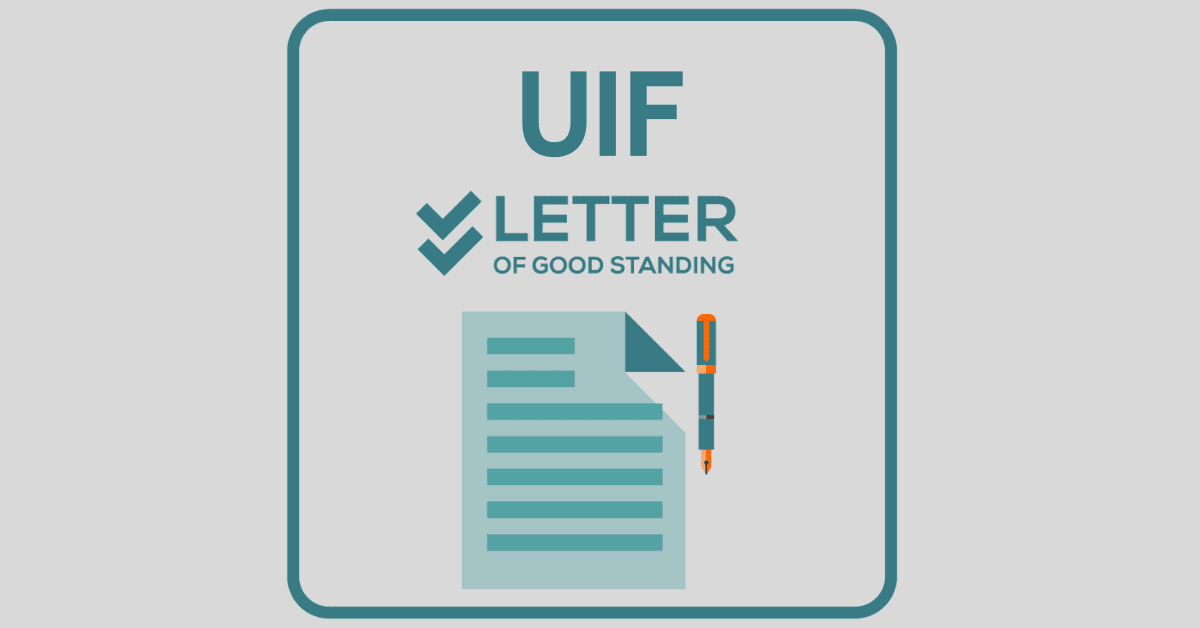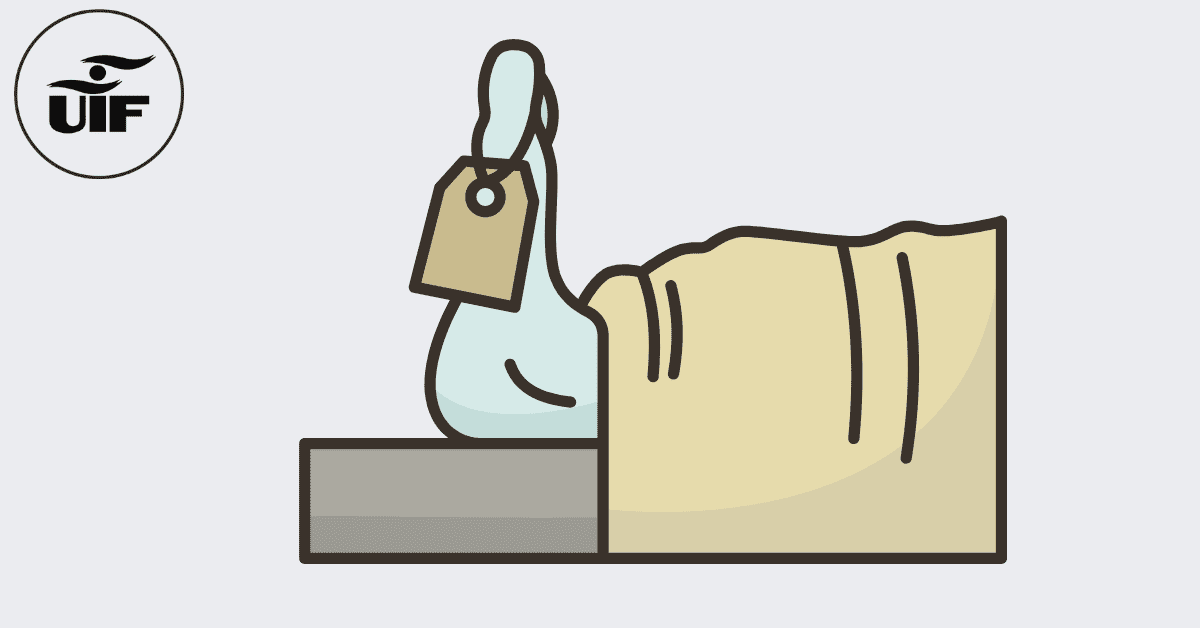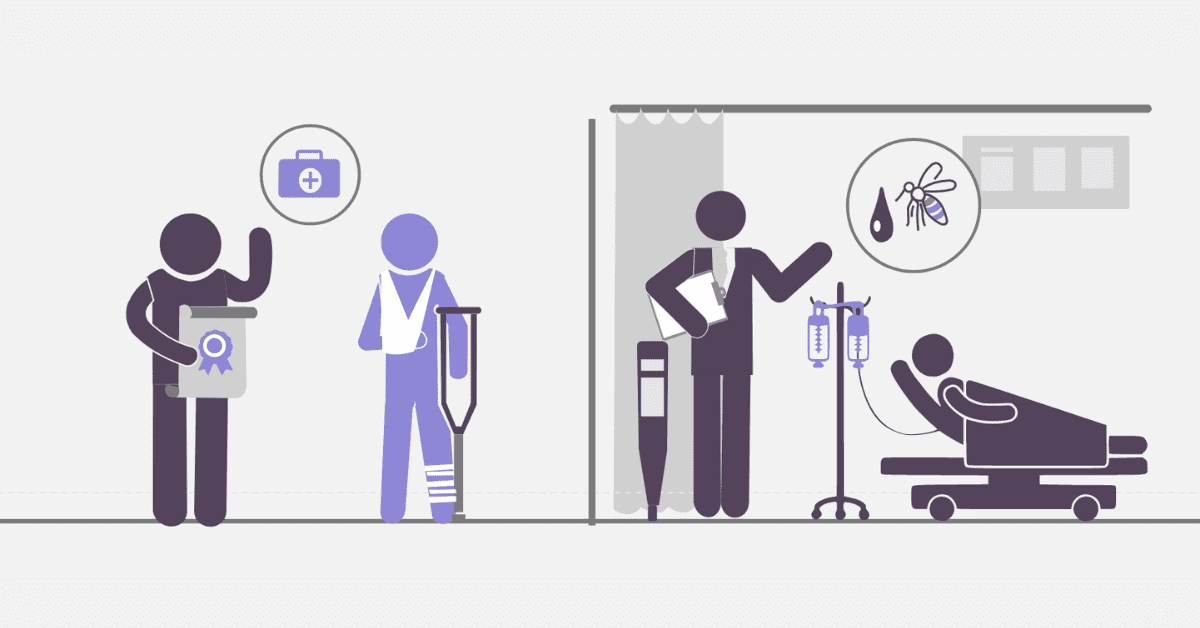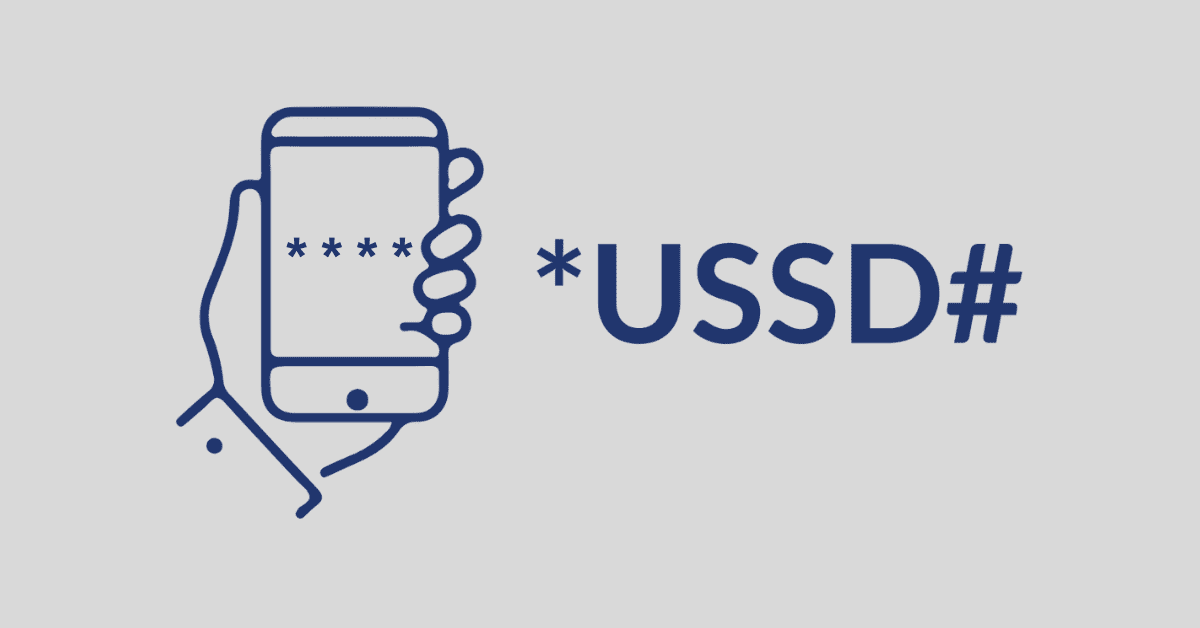The Unemployment Insurance Fund, or UIF, is a social security program backed by the SA government which will provide eligible workers temporary financial assistance when they become unemployed through no fault of their own, are unable to work due to sickness, or go on unpaid maternity leave. Workers who qualify can receive financial support for a limited period, helping them to cover their basic living expenses during challenging times. For many people, the most important question about UIF is how much they will receive when needed. Unfortunately, that’s not a simple question and will vary greatly based on your personal circumstances and working history. Today we will attempt to remove the mystery from UIF payments and help you better understand how they work.
What Is The Maximum UIF Payment?
The maximum UIF payment you can receive will be 58% of the ‘day rate’ they establish for you. Unfortunately, calculating that day rate is a tricky process, and you would do well to chat with a labor specialist or the UIF themselves about your specific circumstances to get a better idea of what you will receive. It will vary greatly by person.
If your salary is less than R12,478 (in 2025), you will receive somewhere between 36-58% of the average of your last 4 years salary. If your salary was higher than that, you will be capped, and only receive around R4,250 to R4,550 per month.
Remember that you only get full benefit credits with the UIF once you have been working and paying into the fund for 4 consecutive years. Before this, you will still be able to make a claim and receive some money, but you will not receive the maximum possible UIF payment.
How Much Does UIF Pay Out Per Month?
As with the maximum UIF payment you can receive, working out your monthly UIF sum is a tricky matter, made harder by a lack of transparency around the full formula they use for calculations. It will be highly influenced by factors such as your previous earnings, the duration of your unemployment, and the type of UIF benefit you are claiming. However, here’s what we know:
- The UIF first determines your average monthly salary for the last 6 months before you claim. Remember that the UIF salary cap is R17,712 (in 2025), so any salary higher than that will be treated as R17,712 for their purposes.
- They will then calculate a ‘daily earnings rate’ by multiplying your average salary over 12 months, dividing by the 365 days in a year.
Now comes the difficult part. The UIF will then use their IRR, or Income Replacement Rate, formula to arrive at a DBA (daily benefit amount) for you to establish your UIF benefits. This formula is as follows:
29.2 + (7173.92/ (232.92 +Y1)
However, that ‘Y1’ variable has never been well-clarified to outsiders. However, it will be between 38% and 58% of your calculated daily income r ate. We’re still not done! Now your ‘credit days’ come into play. For every 4 working days as a contributor, you get one day of claimed money, up to a maximum of 365 days. If you have worked for more than 4 years consecutively paying into the fund, you can receive the full 12-month credit.
Practically, you won’t receive more than R4,550 per month from the UIF fund, and that will require the highest IRR, more than 4 consecutive working years paid into the fund, and an employed salary of R12,478 or more during the last 6 months you worked. As a rule of thumb, work on 38% of your average salary unless you are fully confident you qualify for higher rates.
How Many Times Does UIF Pay Out?
The UIF pays out benefits on a monthly basis. So you typically receive a payment once a month for up to 12 months, i.e. 12 payments maximum. This can be affected by your credit days, however- remember that you ‘get’ 1 day of UIF payment per 4 days working as a contributor, so you need to have worked (and paid into the UIF) for 4 years to receive the full 12 months of payments.
There are a number of reasons this payment period may be different, however. If you make a late claim instead of claiming as you become unemployed, they will backdate payments for up to 4 months. So you could receive one larger payment and then your due monthly amount for the remainder of the period. If you claim later than 4 months after becoming unemployed, you may not receive all payments. If you have worked and contributed for less than 4 years, you will not have as many credit days and won’t receive the full 12 months. And if you get employment, UIF amounts will immediately stop.
Is There a Limit On UIF?
Yes, there are plenty of limits and conditions associated with receiving UIF benefits. Here are some important limits to be aware of:
- UIF benefits are calculated on a percentage of your average monthly salary before unemployment, capped at a notional salary of R12,478 (in 2025)
- Likewise, you pay 1% (and your employer another 1%) into the UIF while working, but this is capped at R17,712 (in 2025)- if your salary is actually higher, you will only pay in as if you earned that amount.
- UIF benefits are only provided for a limited duration (up to a year), and this varies depending on your work history and when you find work, as well as when you claim
- There is also a maximum benefit amount that can be paid out per month, as we looked at above. High-income earners will not receive a percentage of their top-end salary but rather a basic stipend. You won’t get more than R4,550 per month from the UIF
Of course, these limits and conditions are regularly updated and changed, so don’t hesitate to chat to a UIF employee or labor specialist about your specific UIF claim for a better idea of its amounts and limits. It’s a complex topic, but hopefully, you now understand the basics better.
